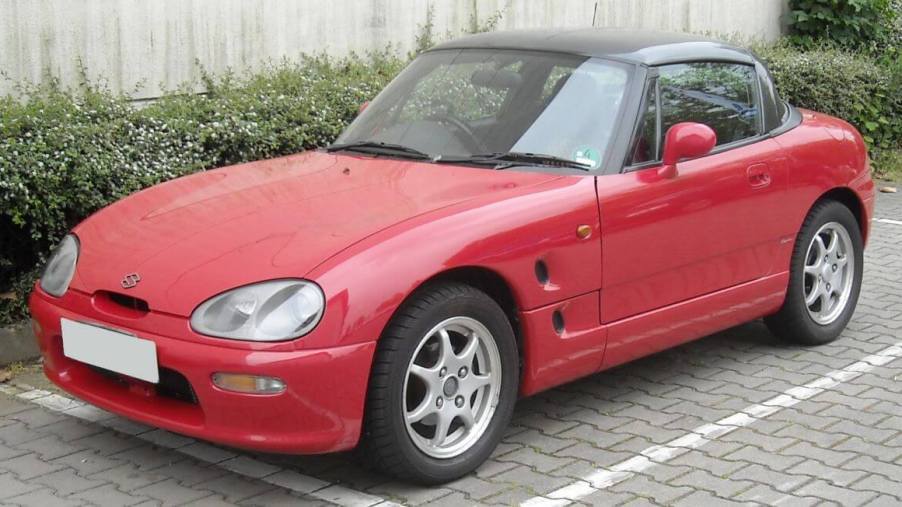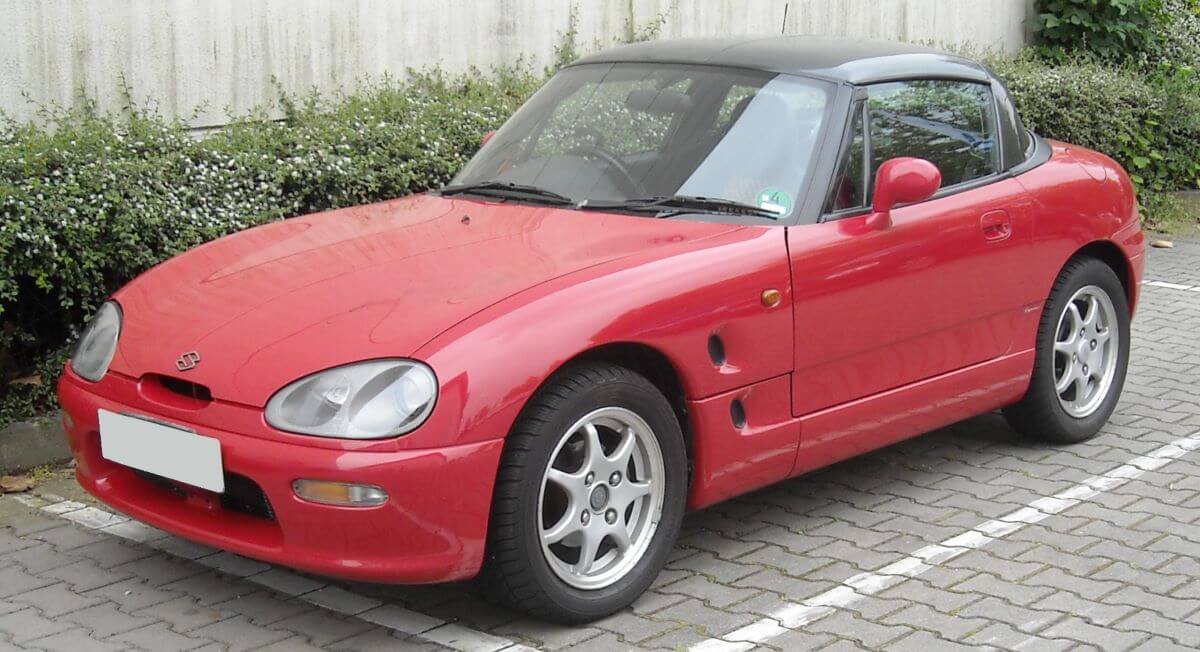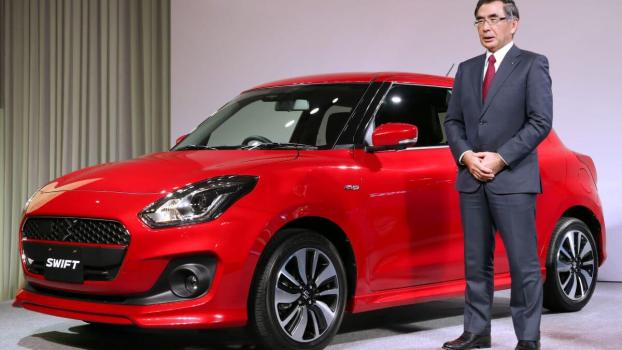
How Small Is the Suzuki Cappuccino?
The current Mazda MX-5 Miata’s dimensions have grown (albeit slightly) over the last 30 years, and it’s still positively minuscule compared to most modern cars. A significant factor in the Miata’s prowess as a fantastic and agile sports car, and a big part of its charm, is its puny dimensions. Yet, the current MX-5 looks absolutely massive against another quirky little sports car that debuted around the same time — the Suzuki Cappuccino. So, how small was the Cappuccino? Let’s look at the dimensions of this ultra-compact model.
The Suzuki Cappuccino kei car roadster

The Suzuki Cappuccino was manufactured between 1991-98, with about 26,000 models produced. It holds the title of being one of the few sporty models to ever adhere to Japan’s Kei car regulations. Essentially, the maximum length, width, height, displacement, and power of these models are strictly enforced, and they make for some cars that, at least against their modern counterparts, look like a kid’s Power Wheels toys.
Under these limitations, most Kei cars are city roamers far from exciting to pilot. However, the Cappuccino debuted not long after these regulations were revised to allow for an additional 110 cubic centimeters of displacement and 0.1 meters of overall length. Still, the Cappuccino is positively tiny.
Just how small is the Cappuccino?
With strict limitations to meet Kei car status, the Suzuki Cappuccino is a measly 129.7 inches long overall, 55 inches wide, and 46.7 inches tall. It tipped the scales at just 1,598 pounds, according to Drifted.
For comparison, the 1991 Mazda MX-5 is a full 2 feet longer, 11 inches wider, and weighs nearly 600 pounds more. Additionally, the Miata is an exception among modern cars as it hasn’t gotten too much bigger — excluding its weight — over the last 30 years. Compared to something more mainstream, the Cappuccino is a full 38 inches shorter, 13 inches narrower, and nearly a whole foot shorter than the 2023 Nissan Versa, one of the smallest new cars available.
Another way to put the Cappuccino’s stature into perspective is by comparing it to a modern truck bed. The 2023 Ford F-Series Super Duty’s largest bed size is just 2.5 feet shorter and about 5 inches narrower than the little Suzuki.
The Suzuki Cappuccino was short in stature and big on excitement
Despite its tiny dimensions, in fact, thanks to them, the Suzuki Cappuccino was a joy to drive.
Its motivation came via a turbocharged 657cc, double overhead cam three-cylinder delivering 63 horsepower and up to 76 lb-ft of torque that would top out at 8,500 rpm. Though minuscule figures, they prove plenty enough to move the ultra-lightweight Suzuki with some fervor. With a near 50/50 weight distribution, a five-speed manual transmission, and later models sporting a double-wishbone suspension, the Cappuccino serves up excitement when the tarmac goes twisty.
The Cappuccino’s rare standing as a sporty Kei car and the fact that models can now be imported to the U.S. creates a whole new affinity for these little roadsters. In turn, they are becoming collector’s items. Hagerty included the Cappuccino on its “Bull Market” list of cars expected to grow in value significantly this year. A Cappuccino in “good condition” should command about $8,5000, according to the automotive group.




